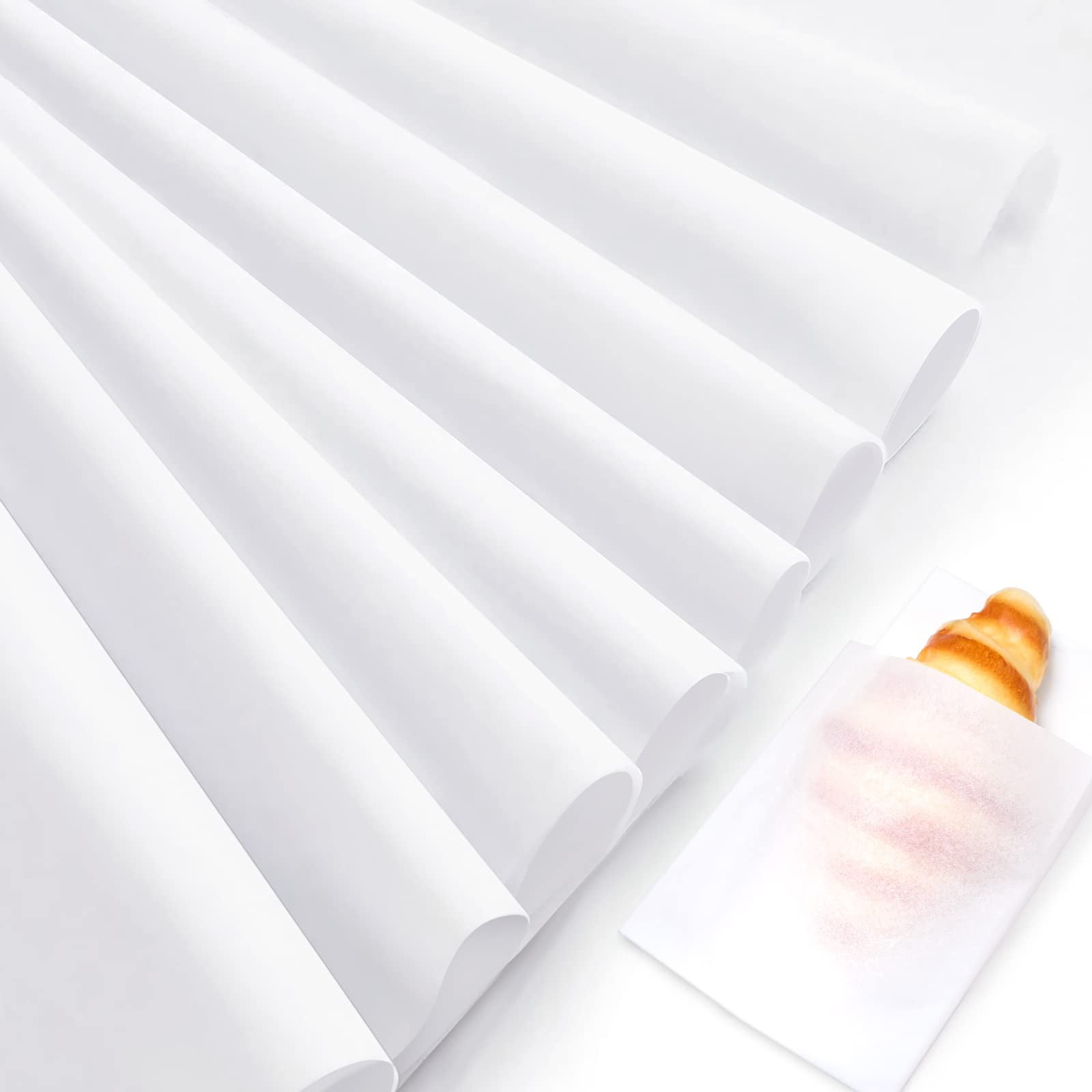Acid Free Tissue Paper For Storing Clothes

The crisp rustle of acid-free tissue paper might seem insignificant, yet its presence, or absence, can dictate the fate of cherished garments passed down through generations or carefully curated over years. For those who value their clothing, understanding the nuances of preservation is paramount.
Improper storage, particularly using acidic materials, leads to irreversible damage, impacting fabric integrity and causing discoloration. The textile conservation community is united in its advocacy for acid-free solutions as the standard for safeguarding valuable textiles.
The Importance of Acid-Free Tissue Paper: The Nut Graf
At its core, the debate surrounding acid-free tissue paper boils down to material science and preventative conservation. This seemingly humble material acts as a crucial barrier against degradation caused by acidic environments.
Understanding the properties of acid-free tissue paper and its proper application is critical for preserving clothing items, protecting them from irreversible damage that can diminish both their aesthetic and historical value.
This article delves into the science behind acid-free tissue paper, explores best practices for its use, and addresses concerns about alternative storage solutions.
Understanding Acidity and Textile Degradation
Many common storage materials, like cardboard boxes or conventional paper, contain acids that transfer to textiles over time. According to a study by the Canadian Conservation Institute, these acids break down cellulose fibers in natural fabrics like cotton and linen.
This process causes yellowing, embrittlement, and ultimately, disintegration of the fabric. The effects are often subtle at first but become progressively more severe, particularly in humid conditions where acidity accelerates damage.
Furthermore, acids can react with dyes, leading to fading or color changes. Textiles with embellishments, such as beads or metallic threads, are particularly susceptible to damage from acidic environments.
The Science of Acid-Free Paper
Acid-free tissue paper undergoes a specific manufacturing process to remove or neutralize acidic components. This typically involves pulping wood or other plant fibers and then treating them with alkaline compounds to achieve a neutral pH.
The resulting paper has a pH of 7.0 or higher, ensuring it won't contribute to acid-induced degradation. Lignin, a complex polymer found in wood, is often removed as it is a source of acidity over time.
Certification standards, such as those from the American National Standards Institute (ANSI), provide assurance that a paper product meets specific criteria for acid-free status.
Proper Use and Storage Techniques
Using acid-free tissue paper effectively involves more than just placing it in a box with clothes. Garments should be clean before storage, as dirt and stains can attract pests and accelerate degradation.
Fold garments loosely, padding them with acid-free tissue paper to prevent creases that can weaken fibers over time. Delicate items, such as lace or silk, benefit from being individually wrapped.
Store items in a cool, dry, and dark place. Fluctuations in temperature and humidity can cause damage, as can exposure to direct sunlight. Avoid storing clothes in attics or basements, where conditions are often unfavorable.
Alternatives and Considerations
While acid-free tissue paper is the gold standard, some conservators suggest using unbleached muslin or cotton sheeting as alternatives. These materials are naturally acid-free and breathable, making them suitable for storing certain types of textiles.
However, they may not provide the same level of protection against dust and insects as tightly wrapped tissue paper. The choice of storage material should be tailored to the specific item and the storage environment.
Some commercial garment bags are marketed as being suitable for long-term storage, but it's crucial to verify that they are made from acid-free materials and are breathable. Plastic bags, even those marketed for clothing storage, should generally be avoided, as they can trap moisture and promote mold growth.
Expert Opinions and Best Practices
Textile conservators emphasize the importance of preventative conservation. According to Jane Batcheller, a renowned textile conservator, "Investing in proper storage materials and techniques is far more cost-effective than attempting to repair damage caused by neglect."
The Smithsonian Institution recommends regular inspection of stored textiles to identify any signs of damage, such as insect infestations or mold growth. Early detection allows for timely intervention to prevent further deterioration.
It is crucial to avoid staples, pins, or other metal fasteners when storing textiles, as these can rust and stain the fabric. Sewn tags can be safely left on garments if they are made of acid-free material.
The Future of Textile Preservation
Research into innovative preservation techniques is ongoing, with scientists exploring new materials and methods to protect textiles from degradation. Nanotechnology, for instance, offers the potential to create protective coatings that are invisible and breathable.
As awareness of the importance of textile preservation grows, consumers are becoming more discerning about the products they use to store their clothing. This demand is driving manufacturers to produce higher-quality, acid-free storage solutions.
Ultimately, the long-term survival of cherished garments depends on a combination of scientific knowledge, practical techniques, and a commitment to responsible care. Acid-free tissue paper, while seemingly simple, plays a crucial role in this ongoing endeavor.


















